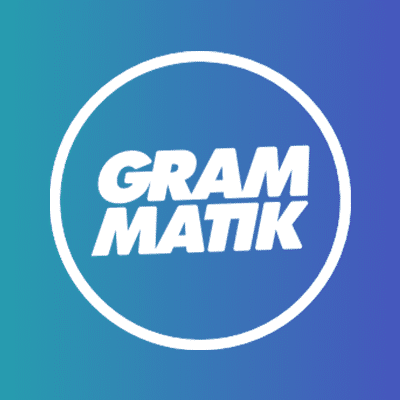The brief
We were asked to create a story that shed light on the amazing work Animatrik performed on the mo-cap stage with Neil Blomkamp‘s Oats Studios for ADAM – a fully real-time series rendered in Unity engine.
We sat down with Chris Harvey, VFX Supervisor at Oats Studios, to find out more about Oats’ relationship with Animatrik and how the two companies worked together to deliver an extremely realistic standard of performance capture.
The story
Two years ago, Academy Award-nominated director Neill Blomkamp wrote something he labelled “The ADAM bible”. This 50-page document explored the rich possibilities of an original, dystopian world created by writer and director Veselin Efremov in 2016. Whereas Efremov’s original story introduced a world where robots live in a suppressed and violent society, Blomkamp saw the potential for so much more.
Leveraging the power of his independent creative outfit Oats Studio, Blomkamp decided to further expand the world. ADAM has now grown into a viral hit series of three short films, transforming what was once a Unity real-time demo into an immersive, engaging, and ongoing story.
This was ADAM’s original intention: to explore the applications of Unity’s real-time game engine in filmmaking. It is truly impressive in this regard. All three films are fully real-time, with users able to pull out the camera and explore any scene in all of its intricate detail. Beyond this, the film also delivers extremely photorealistic standards of performance capture – delivered in partnership with Animatrik and DI4D.
“We wanted to keep everything in-camera as much as possible, and translate the real world into Unity’s game engine,” says Chris Harvey, VFX Supervisor at Oats. “We approached Animatrik, who have the biggest space available for independent performance capture in North America. Their team is one of the best in the world – I knew that from working with them on films like Chappie and Zero Dark Thirty.”
The creation of ADAM’s setting is an interesting one indeed. Oats performed physical location scouts, set up props, such as a fire truck, and built all costumes practically. Not a typical process for a digitally created environment…
The goal was to capture a real environment and transfer that into the Unity engine; basically digitising reality. After two days of photography, drone work and photogrammetry – coming in at 20,000 shots – Oats was able to take the gathered data and transplant it into a motion capture volume.
The upshot was that the Animatrik stage-matched an imagined physical location. The crew could look through a virtual camera and see their fictionalised world overlap Animatrik’s 10,000ft mocap volume, with everything in it.
“We’d load in the gathered photogram data, placing sandbags and ramps where necessary to mimic rough terrain,” explains Harvey. “Animatrik went as far as to measure the exact angle of slopes and undulations in the ground.
“Animatrik helped us in building believable, empathic digital characters. Our actors were stepping across, over and around obstacles – that was key to the body performance capture. Even when shot from the waist up, details like stumbling motions when crossing uneven ground came across in the character’s gait. Movement felt very natural. ”
“We wanted to try something different from traditional facial capture.”
ADAM explores a world where human prisoners have their consciousness forcibly transferred into mechanical bodies. It was important that their underlying humanity came through in the animation. To achieve true-to-life performance, Oats cast real actors to play their corresponding robotic avatars.
“There’s a scene where one character, Mary, smashes her brother over the head with a rock,” recalls Harvey. “We were capturing her face, with all the little nuances and details. The actress really got into that scene. She broke down and started crying. It was incredibly emotional. We had to stop shooting for a moment and take a break.”
The team then needed to marry this body capture with facial performance. At the time of shooting, technical circumstances meant these two key character aspects couldn’t be captured simultaneously.
In partnership with Animatrik, facial performance capture company DI4D provided high-resolution 4D facial animation. Working with Animatrik and DI4D, the Oats team could capture performance geometry at 60fps, then stream that data into the Unity game engine and attach it to the necessary characters.
“We wanted to try something different from traditional facial capture,” says Harvey. “That was a key decision in going with DI4D’s facial capture system. The end result was so realistically human.”

©️2024 Grammatik Agency, Second Home, 125–127 Mare St, London E8 3SJ.
[email protected]
+44 (0)20 3950 7057 Privacy policy